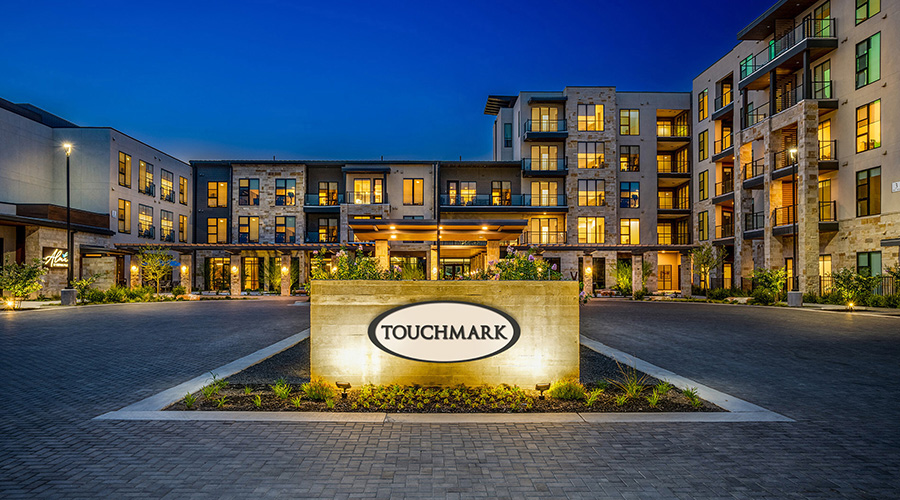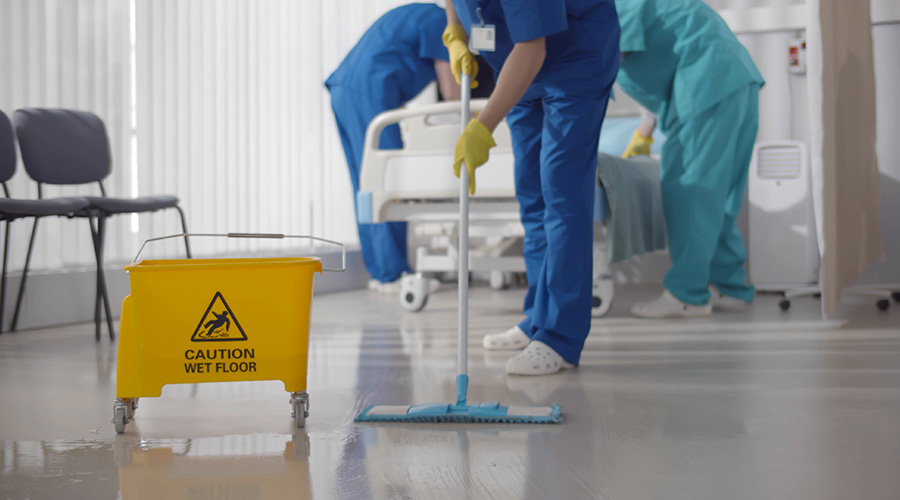The U.S. Green Building Council (USGBC) released a new report, LEED in Motion: Retail, showing the prevalence of LEED certification in retail spaces around the world. LEED is used in more than 12,500 retail locations globally, allowing major brands like TD Bank, Starbucks, 7-Eleven and more to demonstrate achievement of ESG goals to their investors, customers and other stakeholders.
“Now, perhaps more than ever before, consumers demand transparency and responsibility from the brands they support,” said Mahesh Ramanujam, president and CEO of USGBC. “The retail sector is no exception and many retailers recognize the importance of developing healthy, sustainable spaces that both delight their customers and support the larger community. LEED provides these businesses with a powerful tool to meet their commitments and to attract consumers.”
As brands with brick-and-mortar retail spaces seek new ways to stand out from online competitors and peers, sustainability has become an asset. By leveraging LEED, retailers effectively communicate their values to consumers and employees, while also reducing energy costs and minimizing waste. LEED, or Leadership in Energy and Environmental Design, is the most widely used green building rating system in the world. LEED certification is available for virtually all building types, including neighborhoods, cities and communities.
Research from the Retail Industry Leaders Association shows that 93 percent of global consumers expect the brands they use to support social and environmental issues. An estimated 68 million adult Americans base their purchases on their values – personal, social and environmental – and say they will spend up to 20 percent more on environmentally sound products. This clear preference for responsible business is pushing the retail sector to embrace policies and practices that express their dedication to sustainability and social equity.
Green buildings offer a practical solution for companies seeking to future proof and make an immediate impact on climate mitigation. By building offices, manufacturing facilities and stores that deploy green building strategies, retailers can truly embrace a triple bottom line philosophy – supporting the health of their employees and customers, promoting environmental conservation and saving money on energy, water, and waste management.
Retail spaces are woven into neighborhoods and communities and the retail sector comprises a significant portion of the U.S. economy. In just the first quarter of 2019, the retail trade in the U.S. was responsible for $1.9 billion in gross output, amounting to 5 percent of total gross output across all sectors. Retail supports one in four jobs in the United States, making it the largest private-sector employer.
Proven performance is the future of sustainable retail development, and third-party verification is an important accountability measure. LEED affirms the integrity of green building commitments by ensuring completed projects deliver on intended outcomes identified in the design stage. LEED certification is available for new and existing retail buildings, as well as new and existing interior spaces. Retail owners and operators can learn more about LEED and the certification process online at usgbc.org.
 Building Sustainable Healthcare for an Aging Population
Building Sustainable Healthcare for an Aging Population Froedtert ThedaCare Announces Opening of ThedaCare Medical Center-Oshkosh
Froedtert ThedaCare Announces Opening of ThedaCare Medical Center-Oshkosh Touchmark Acquires The Hacienda at Georgetown Senior Living Facility
Touchmark Acquires The Hacienda at Georgetown Senior Living Facility Contaminants Under Foot: A Closer Look at Patient Room Floors
Contaminants Under Foot: A Closer Look at Patient Room Floors Power Outages Largely Driven by Extreme Weather Events
Power Outages Largely Driven by Extreme Weather Events